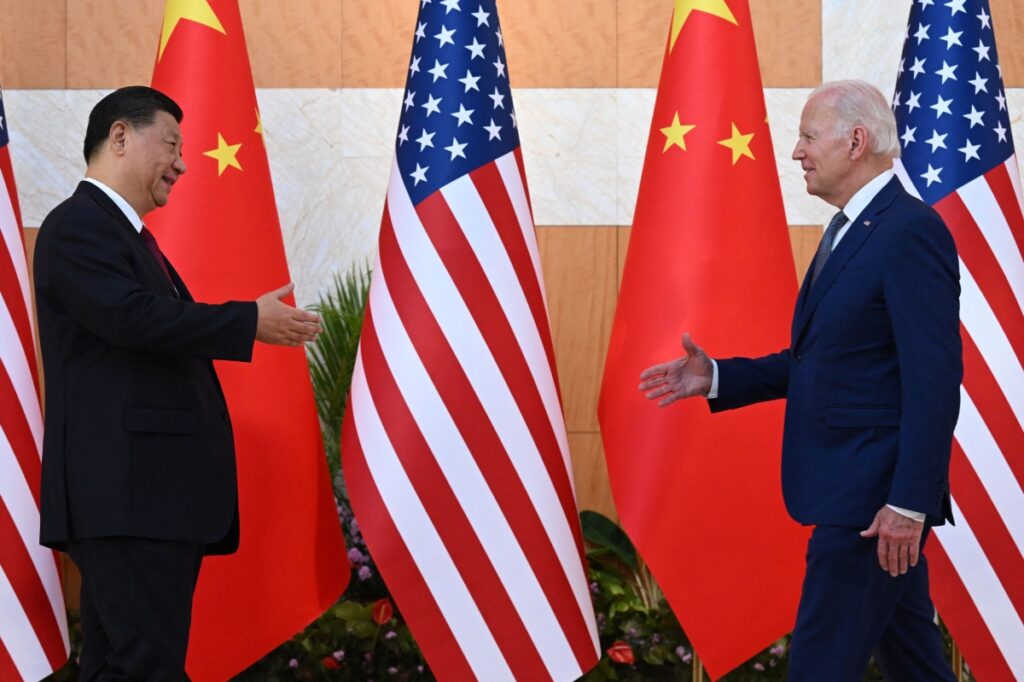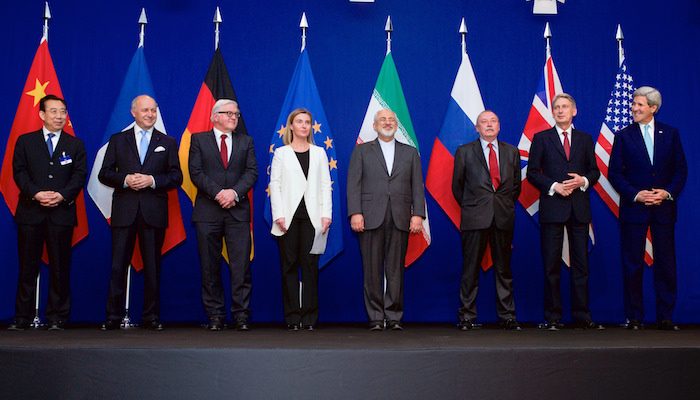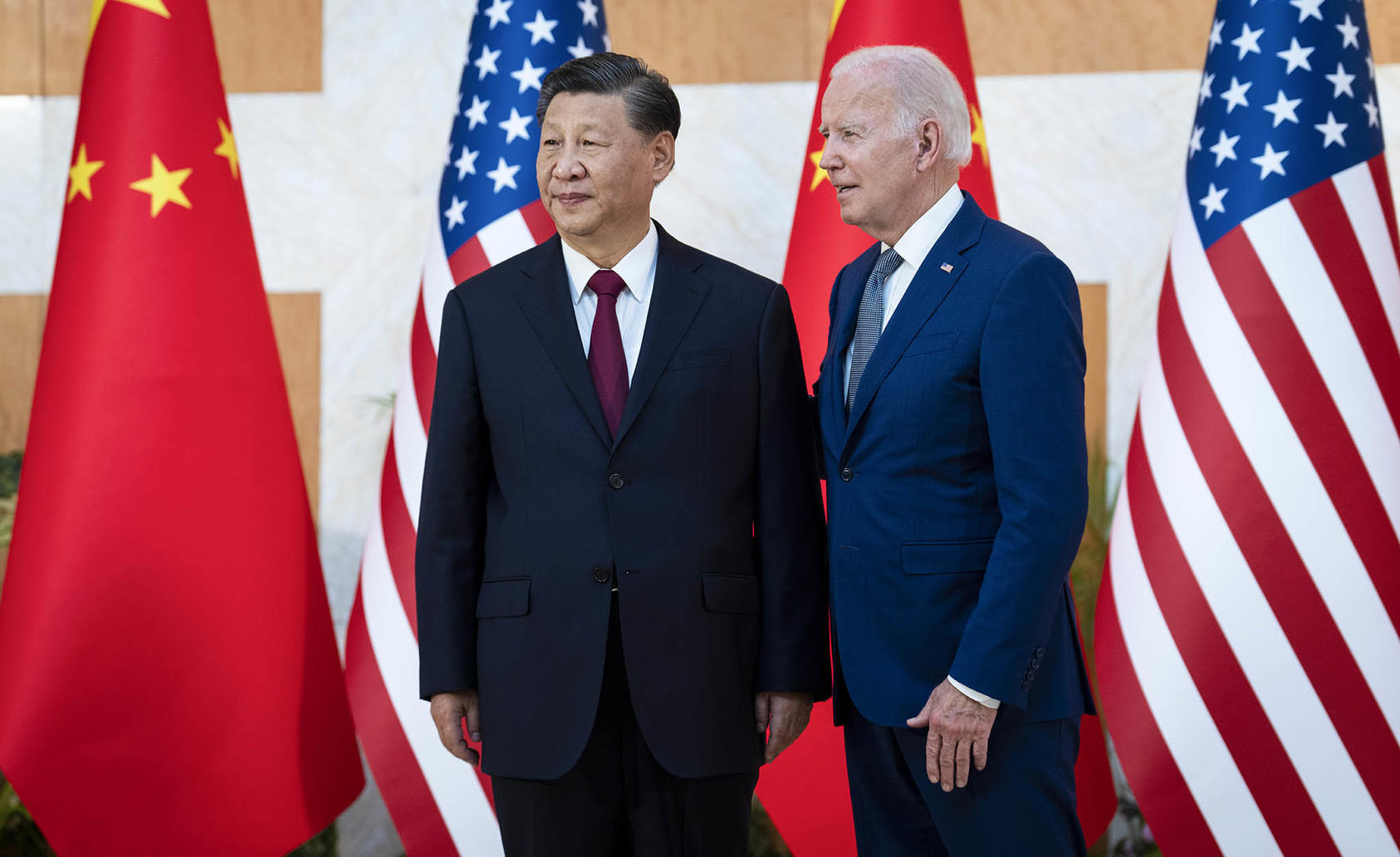Israel’s Aggression On Palestine In The Holy Month Of Ramadan
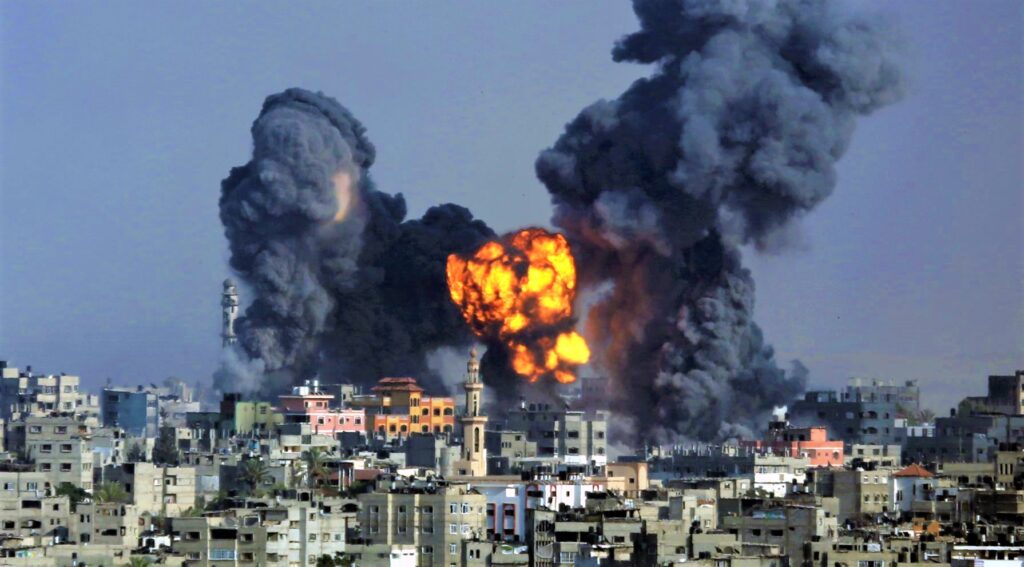
The holy month of Ramadan is a time of reflection and spiritual renewal for Muslims around the world. Unfortunately, for Palestinians in the Gaza Strip and the West Bank, it has become a time of fear and violence due to Israel’s aggression. Since the beginning of Ramadan, tensions between Israelis and Palestinians have been escalating. The Israeli has destroyed buildings and infrastructure, leaving many Palestinians homeless and without access to basic services like electricity and clean water. The attacks also damaged several hospitals, further straining an already overstretched healthcare system.
The violence is not limited to Gaza, however. In the West Bank, Israeli security forces used excessive force to quell protests by Palestinians demonstrating against the forced eviction of families from their homes in the Sheikh Jarrah neighborhood of East Jerusalem. These evictions are part of a broader campaign by Israeli settlers to displace Palestinians from their homes and land. The use of force by Israeli security forces resulted in the deaths of many Palestinians, including children, and injured more. Israeli police also stormed the Al-Aqsa Mosque, one of the holiest sites in Islam, during Ramadan, firing rubber bullets and tear gas at worshippers.
The aggression by Israel during Ramadan is just the latest chapter in a long history of violence against Palestinians. Israel has been occupying Palestinian territories for over 50 years and has built settlements on land that the international community considers to be Palestinian. These settlements are illegal under international law and are a major obstacle to peace in the region. The violence during Ramadan has drawn international condemnation, with many countries but no legal action against Israel has been ever taken.

In conclusion, Israel’s aggression during the holy month of Ramadan has caused immense suffering for Palestinians in Gaza and the West Bank. The international community must take action to hold Israel accountable for its actions and work towards a just and peaceful resolution to the conflict. As the world watches and waits for an end to this crisis, it is important to remember the innocent lives lost and the families left behind to pick up the pieces.
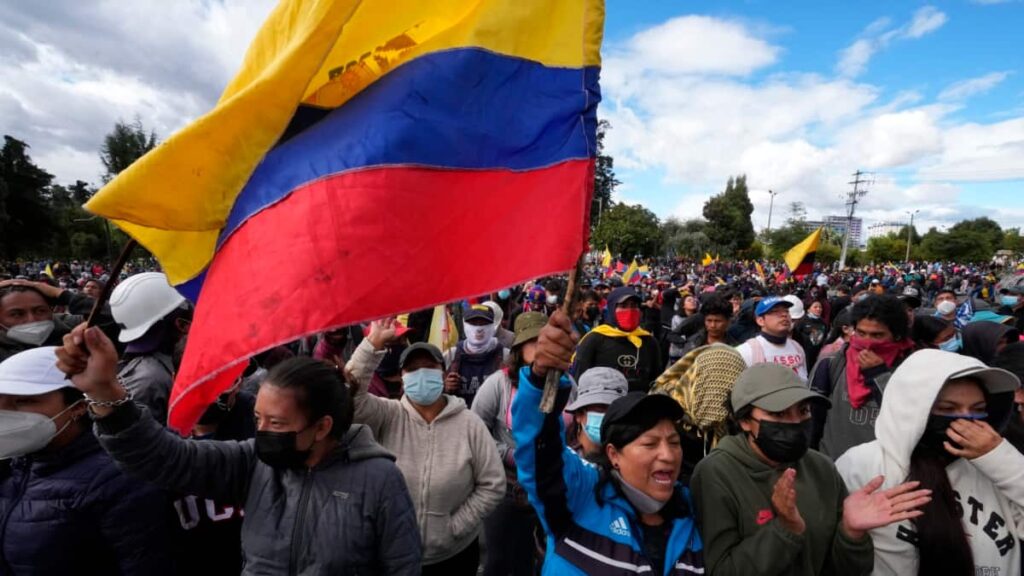
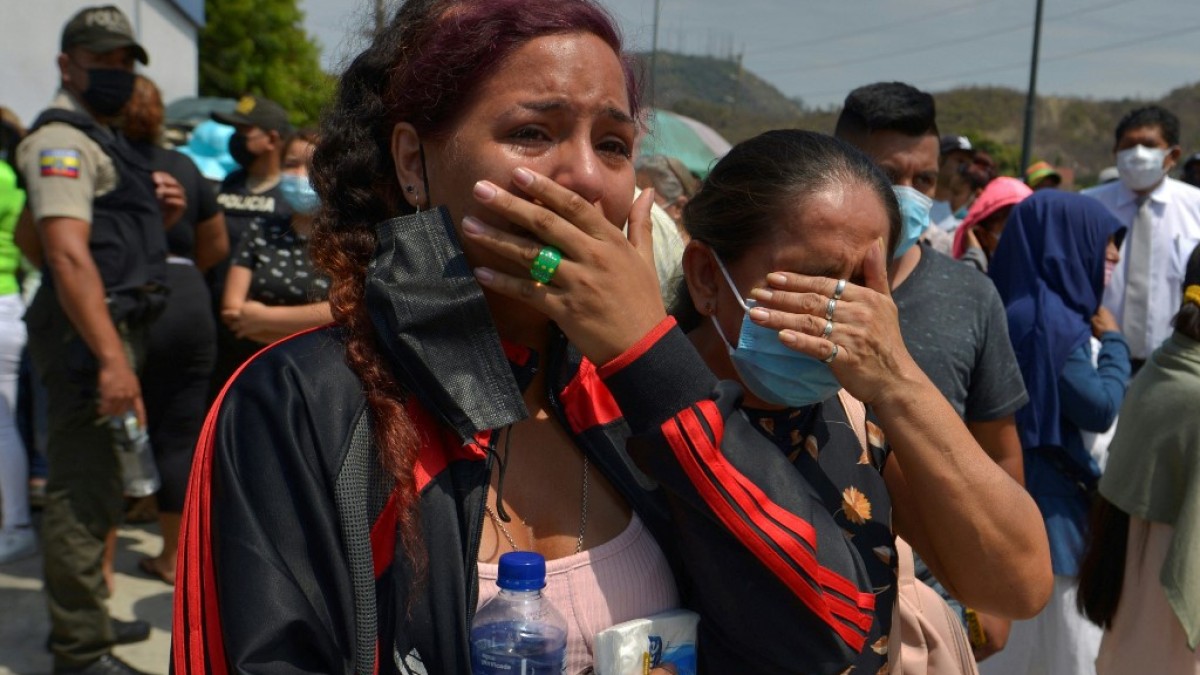
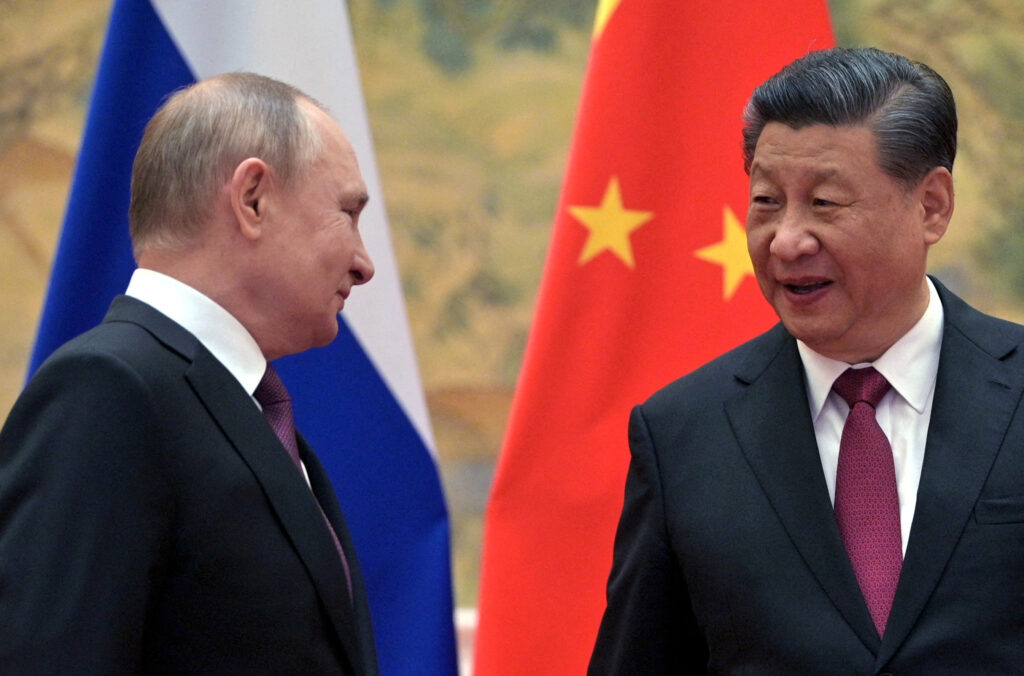
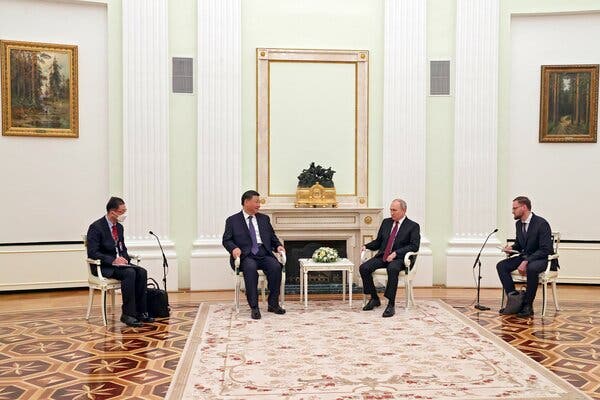

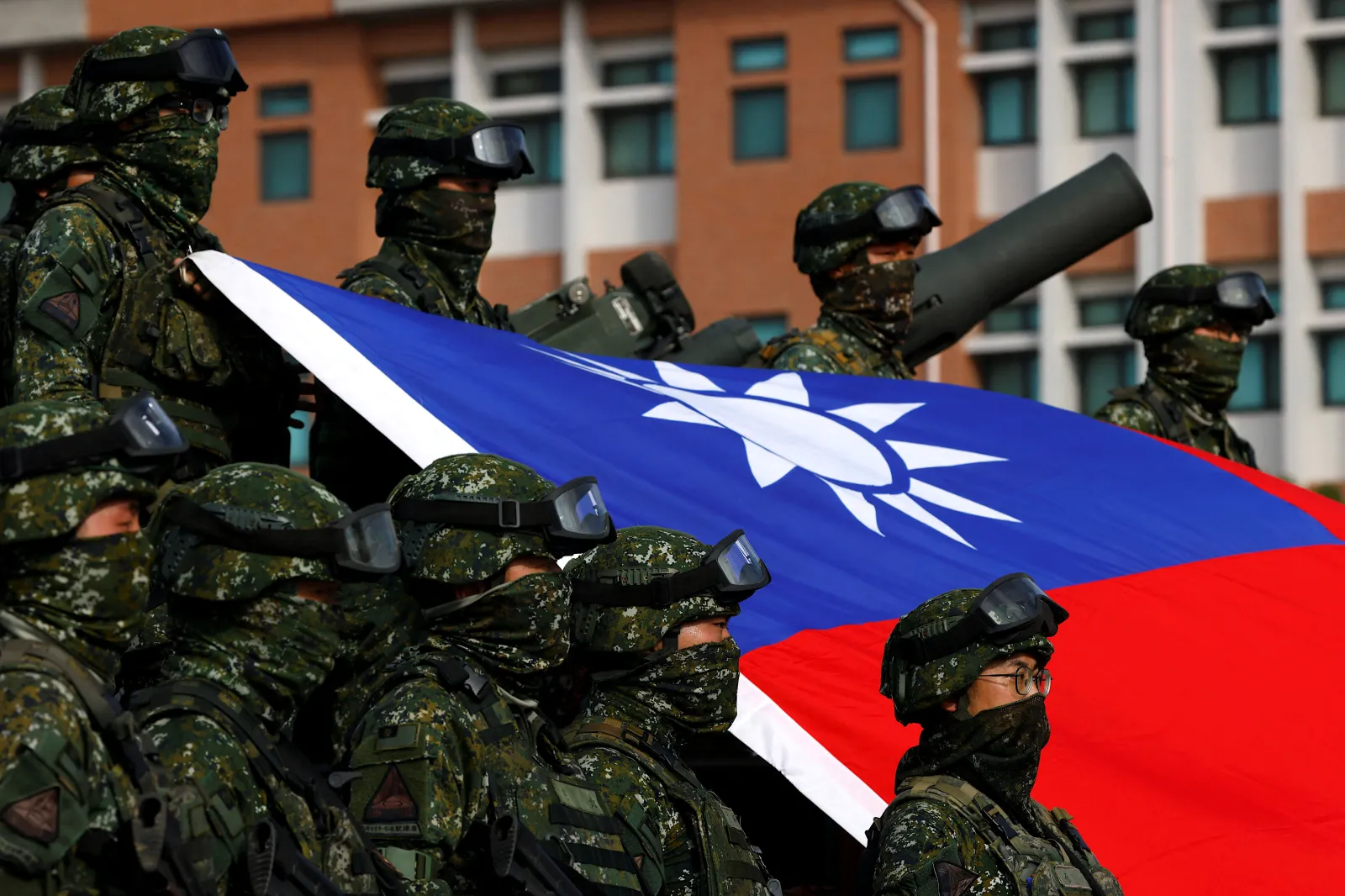 China’s Foreign Minister warns of conflict with U.S.
China’s Foreign Minister warns of conflict with U.S.
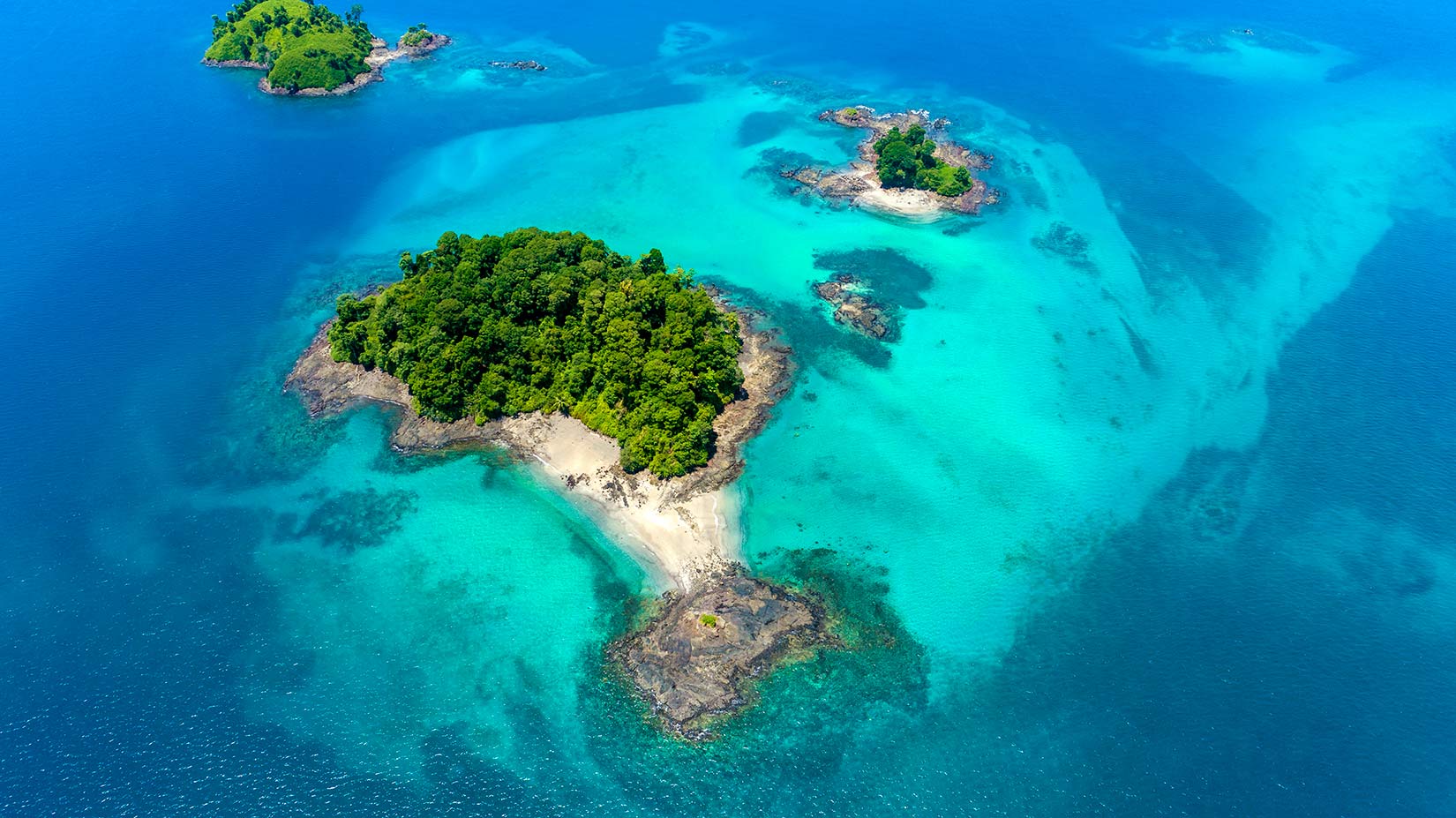 Ocean Protection Commitments by the European Union
Ocean Protection Commitments by the European Union
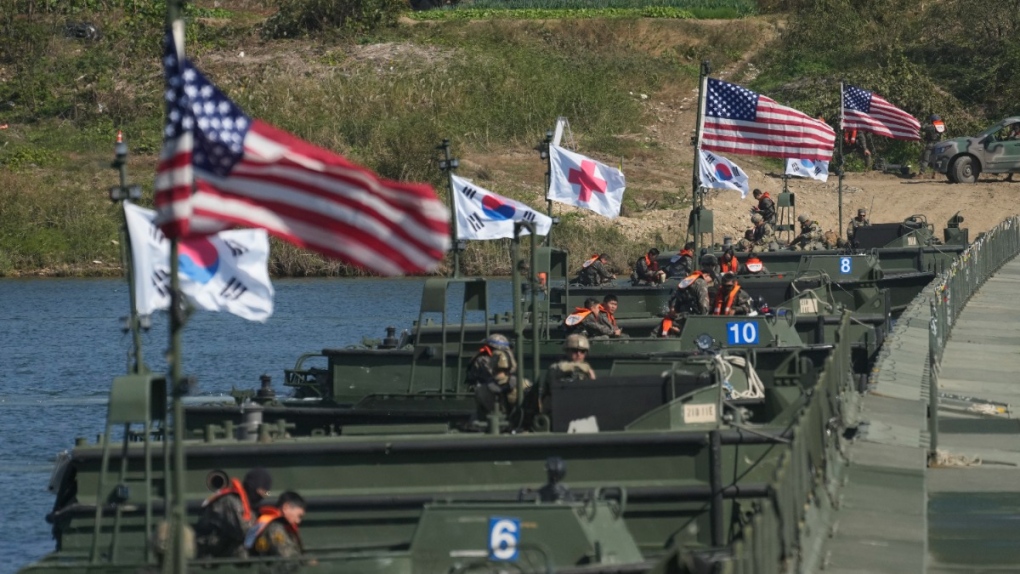



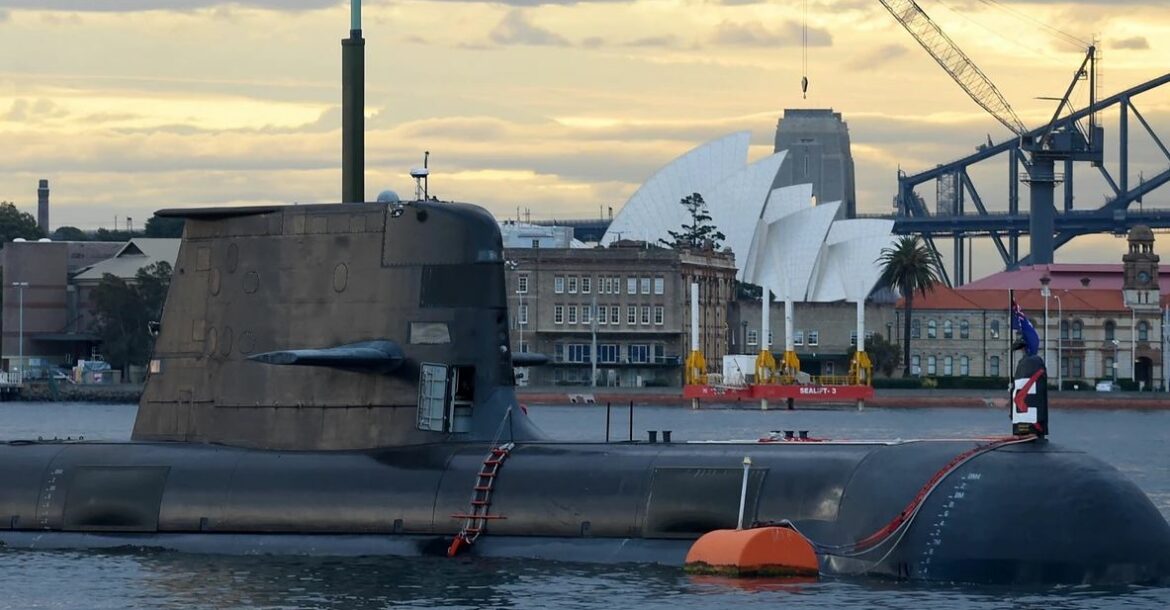 The multi-decade project is expected to cost over $40 billion in the first 10 years and generate 20,000 jobs, according to the Australian government’s projections. Albanese emphasized that Australia had just surpassed Britain as the sole nation to have access to American naval nuclear secrets. The globe, he continued, “where peace, stability, and security promise greater wealth” is what binds us most. The sale of three nuclear-powered, conventionally armed Virginia class ships will take place “over the course of the 2030s,” with the “possibility of going up to five if that is needed,” according to Jake Sullivan, Biden’s national security adviser. Thereafter, Britain and Australia will start construction on a new design known as the SSN-AUKUS, which will also be nuclear-powered and carry conventional missiles. According to Sullivan, there would be “major investments in all three industrial bases” and this will be a British design using US technology.
The multi-decade project is expected to cost over $40 billion in the first 10 years and generate 20,000 jobs, according to the Australian government’s projections. Albanese emphasized that Australia had just surpassed Britain as the sole nation to have access to American naval nuclear secrets. The globe, he continued, “where peace, stability, and security promise greater wealth” is what binds us most. The sale of three nuclear-powered, conventionally armed Virginia class ships will take place “over the course of the 2030s,” with the “possibility of going up to five if that is needed,” according to Jake Sullivan, Biden’s national security adviser. Thereafter, Britain and Australia will start construction on a new design known as the SSN-AUKUS, which will also be nuclear-powered and carry conventional missiles. According to Sullivan, there would be “major investments in all three industrial bases” and this will be a British design using US technology.

